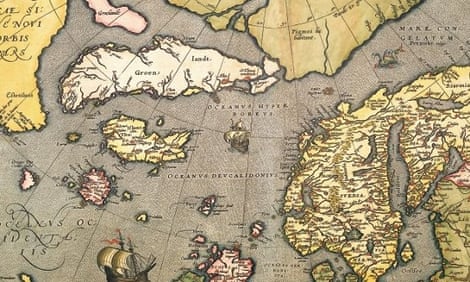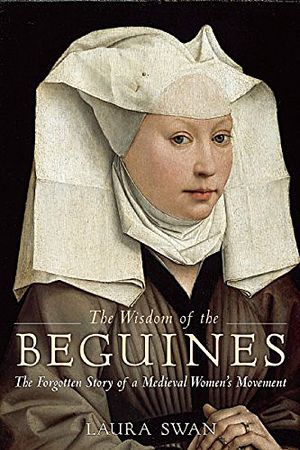This history has one of the best analysis of the other roots of European trade and capitalism in the centuries we used to call the dark ages and the middle ages, before the Age of Nation States. His thesis is the mercantile peoples around the North Sea are as essential to how this process played out as the merchants, traders and money lenders around the Braudelian Mediterranean coasts. Or, as he puts it, he's not denying or minimizing the process that took place in these post-latin empire locations, but that without examination of the Vikings, Frisians, Hansa, etc., the picture is missing essential pieces, particularly how Charlemagne's Empire operated on these foundations that eventually merges the north and south into, for a while, the European Christendom.
Pye, perhaps sensitized by being a gay man, instead of employing the default "he" tends to employ "she" which always caught my attention, proving how deeply run the gender assumptions in history, whether written history or history merely referred to.
He also gives women as traders and entrepreneurs adequate space in his text, drawing attention to how central women commonly were in the trade and financial history of Europe -- and which is hardly ever included in the landscape portrait in the histories of trade, finance and money, at least until recently, and then confined still mostly to monographs, dissertations and narrowly focused scholarly works. Pye includes the many significant contributions of women without exaggerating or special pleading.
 |
| Map of the Hanseatic League |
The second revelation were the Beguines, of whom I'd not heard of previously, as I'm not a medievalist.
How they dance beguine in the Caribbean
How Eleonar Powell and Fred Astaire tap-dance the beguine in "The Broadway Melody of 1940"
Cole Porter plays "Begin the Beguine"
The beguine I knew is a popular, social dance, with accompanying songs and rhythms. The beguine appeared in the French Antilles, back in the earlier decades of the 20th century, built, as are so many of the musics of the Caribbean on what we call the habanera.
became very wealthy through trade and other mercantile activities. Most histories of the Beguines concentrate on the mystical aspects of some of the women, and the turn toward more overtly religious activity that happened in the 14th century. Pye, however, isn't interested in that aspect, but in what the histories hardly ever elaborate on or even mention: the forms of work and money-making the women of these communities practiced -- and their literacy. Some of them were notable
scholars. I kept thinking what a haven the Beguine communities must have been for so many different kinds of women, particularly in a day when there was really no language to even think about diverse orientations that we now group under the classification of or gay. As a beguine you need not marry and you most certainly were about working. You could exist as a single woman! Though now mostly affiliated with the Church in some manner, beguine communities still exist.
Throughout The Edge of the World 's prose is lively and fast-paced, yet packed with information in every sentence that will be new to many if not most readers who are not scholars of these centuries.






No comments:
Post a Comment